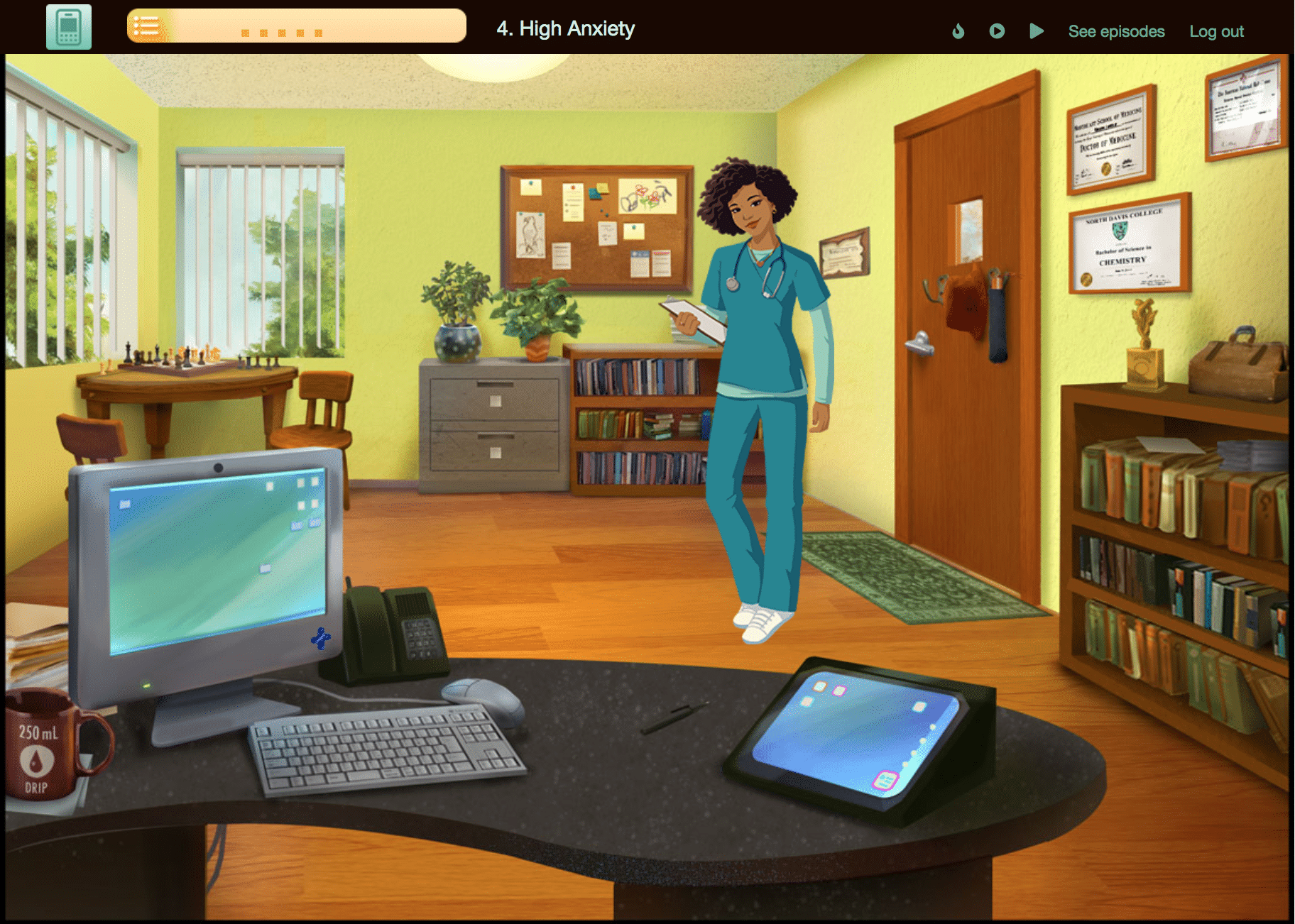Award Won!
Best Social Media Crowdsourcing Game

Vital Signs
Classroom, Inc.
Vital Signs brings reading to life in a new way as it puts students in the role of the medical director of an community-based family clinic in Port Douglas — the city introduced in the first two Read to Lead games, After the Storm and Community in Crisis. This context provides ample opportunities for students to engage with text, as they read their way through conversations with colleagues and patients, review medical texts, resources, and other documents that they encounter as a part of their workday, and compose and edit emails and reports. All of these encounters with text both move the game’s story forward and help the player make vital decisions in their professional role.
